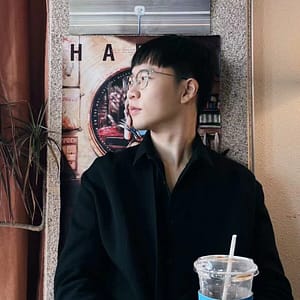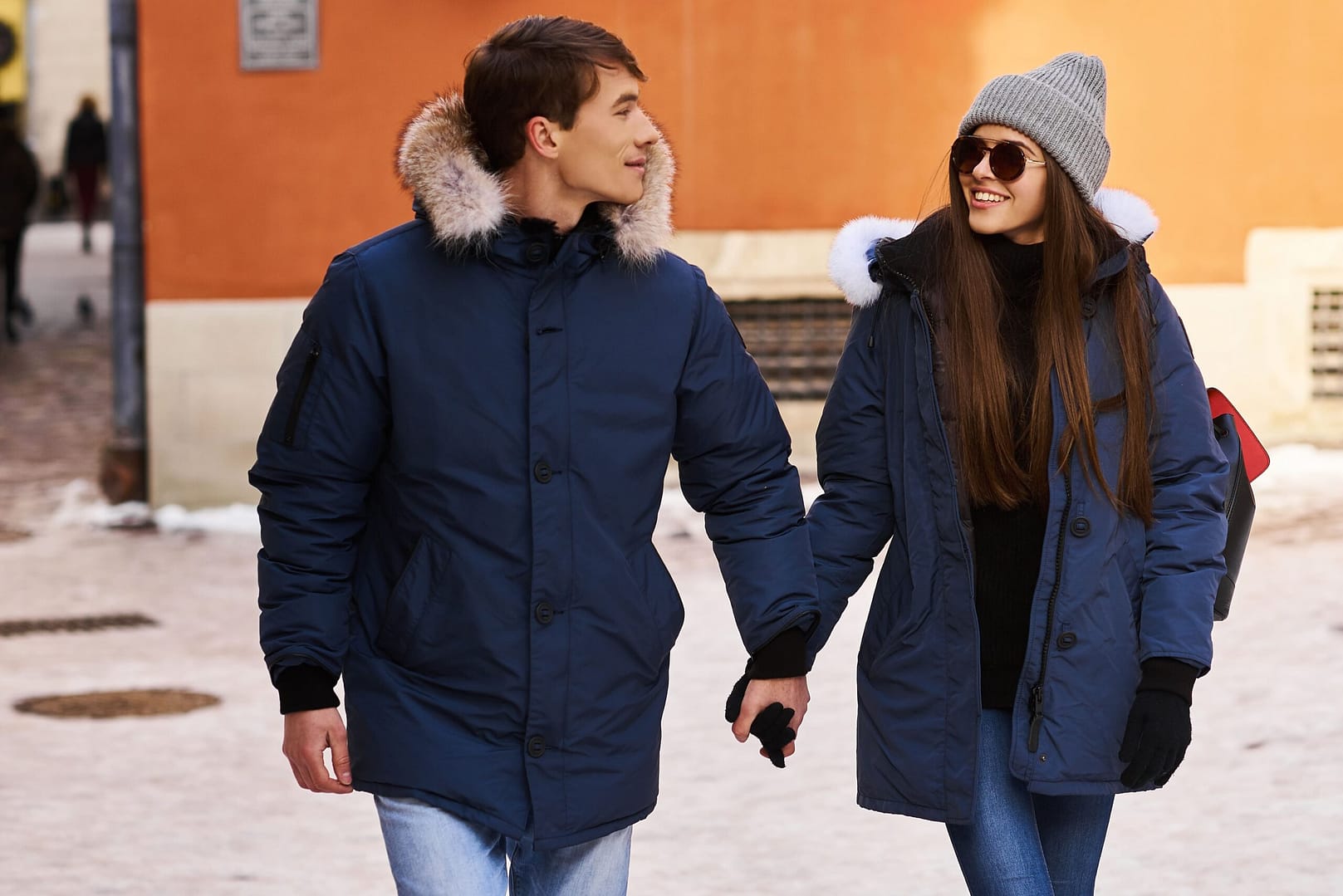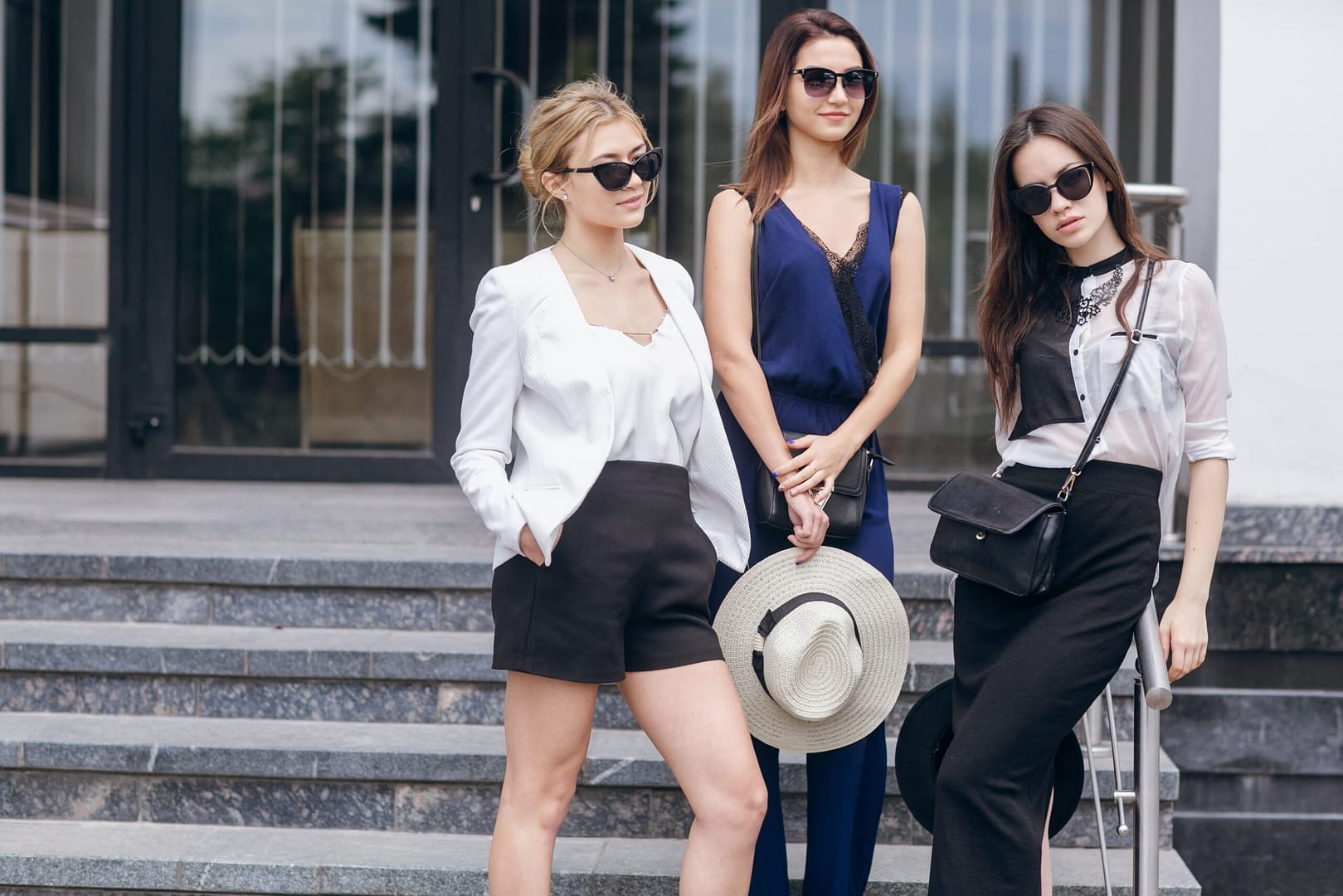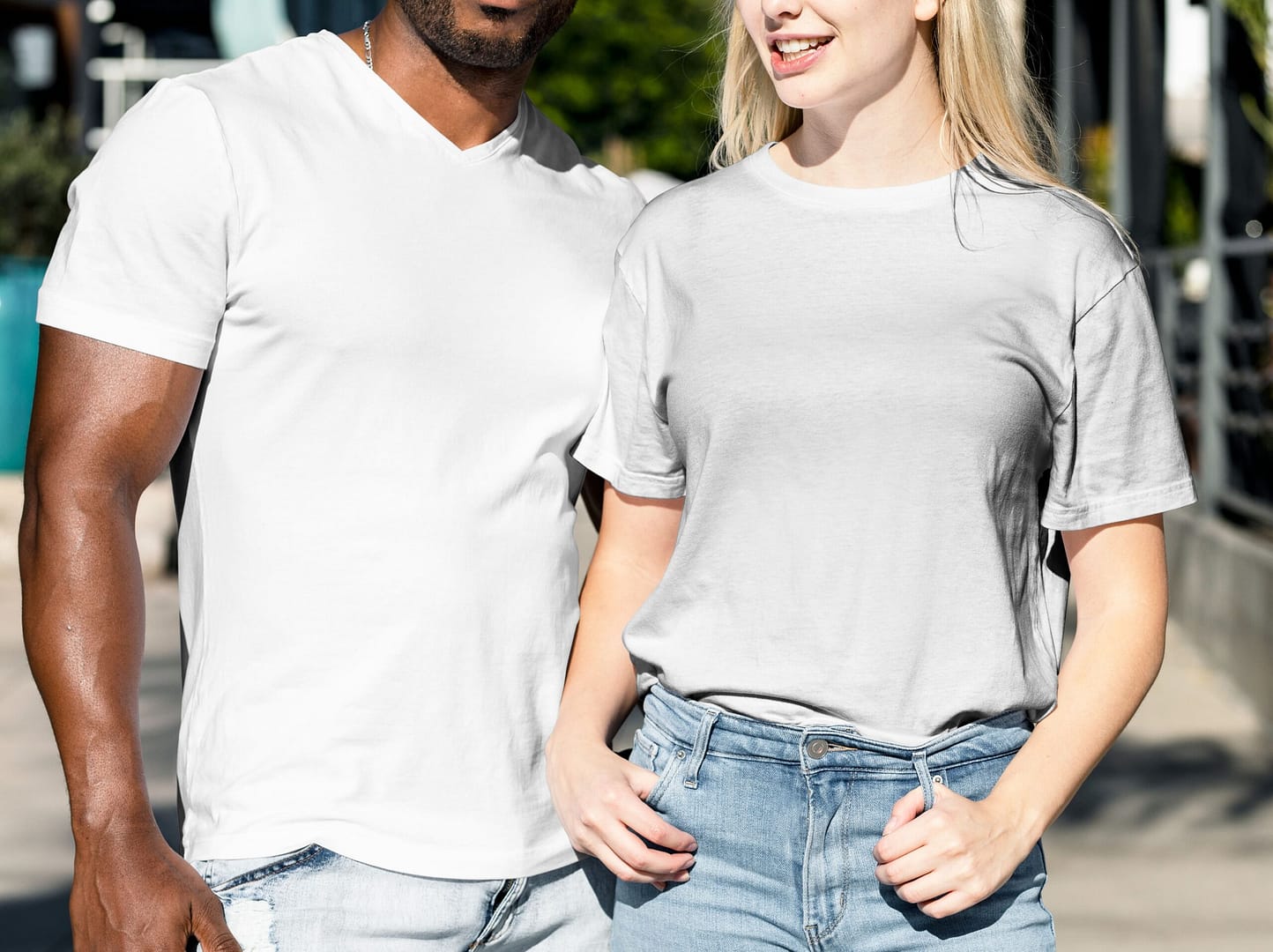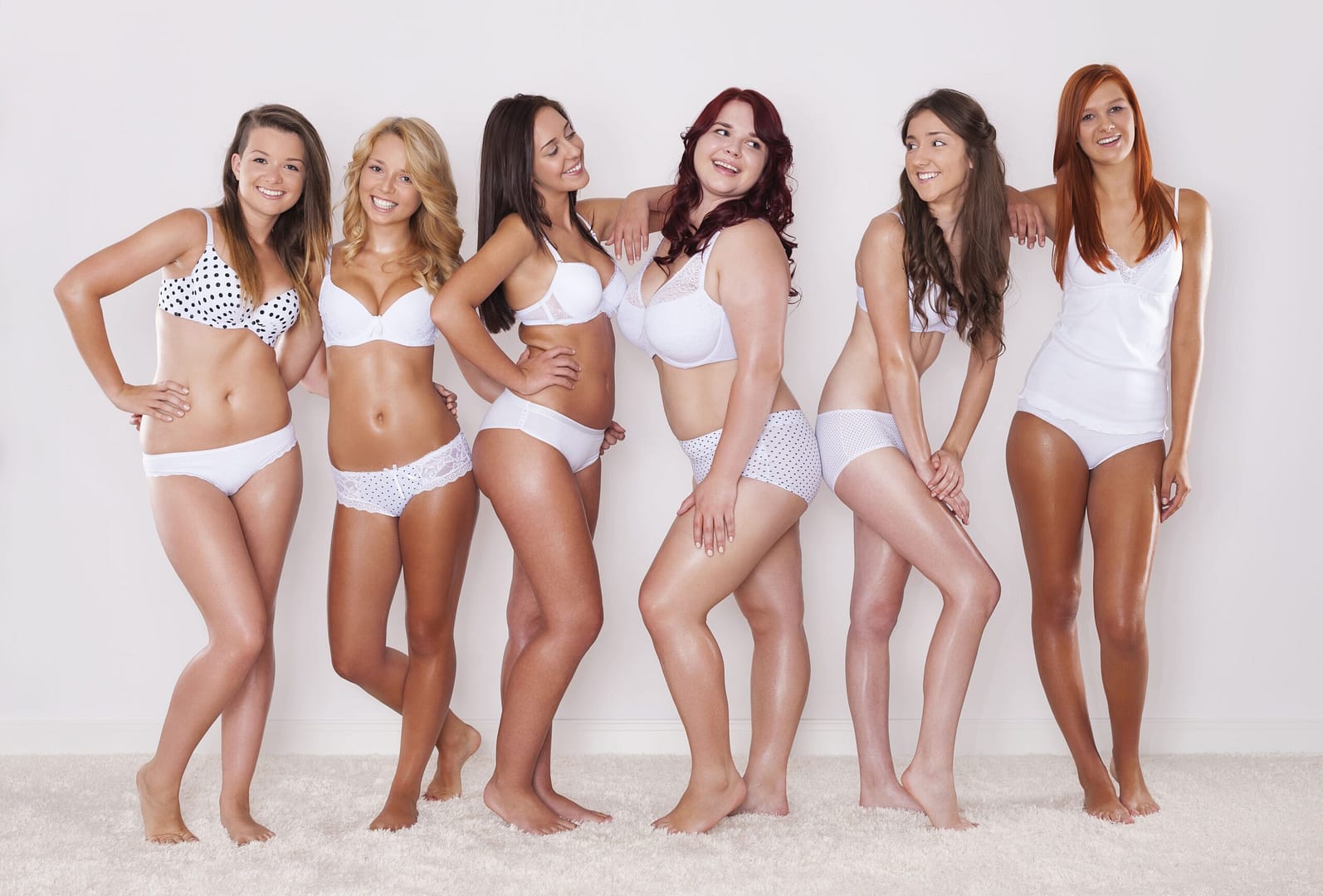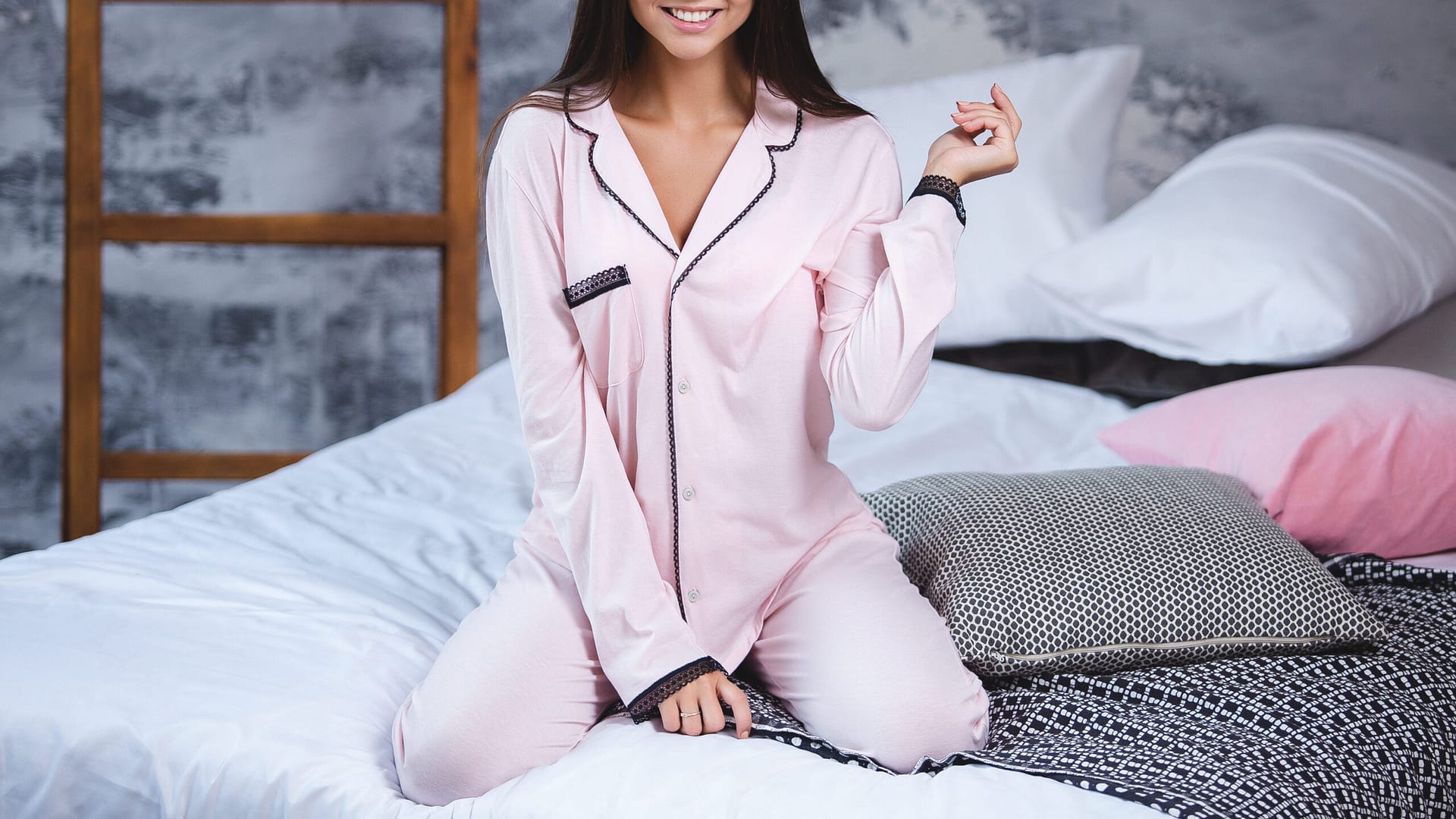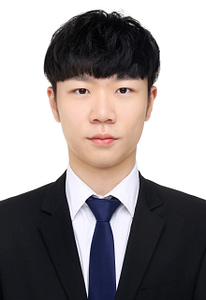The Ultimate Eco Friendly Fabric Guide: Top 9 Fabrics For Your Sustainable Textile
By Raymond Lau – Nov. 25, 2023
In the ever-evolving world of fashion, the spotlight is increasingly shifting towards a more sustainable future. Eco-friendly fabrics, a cornerstone of this green movement, are not just a trend but a necessity in our journey towards environmental responsibility. These fabrics, known for their minimal ecological footprint, are transforming the way we perceive and produce apparel. As we delve into the realm of eco-friendly fabrics, it’s essential to understand their significance, not only for the health of our planet but also for the future of fashion. For consumers and industry professionals alike, being informed about sustainable textile options is becoming increasingly important. This article aims to unravel the world of eco-friendly fabrics, guiding you through their types, benefits, and the vital role they play in the fashion industry.
What are Eco-Friendly Fabrics?
Eco-fabrics, fundamentally, are textiles with a significantly reduced environmental impact compared to conventional materials. These fabrics are distinguished by their sustainable production methods and the use of eco-friendly resources. Unlike traditional textiles, which often rely on chemical-intensive processes and non-renewable resources, eco-fabrics prioritize the use of materials that are renewable, biodegradable, and less taxing on the environment. The production of eco-fabrics also focuses on reducing water and energy consumption, minimizing waste, and avoiding harmful chemicals. This approach not only preserves natural ecosystems but also ensures a safer and healthier environment for workers in the textile industry. Understanding the nature of eco-fabrics is the first step in appreciating their role in building a sustainable future for fashion.
Types of Eco-Friendly Fabrics
There are several types of eco-friendly fabrics, each with unique properties and environmental benefits:
Cotton Eco-Friendly Fabrics
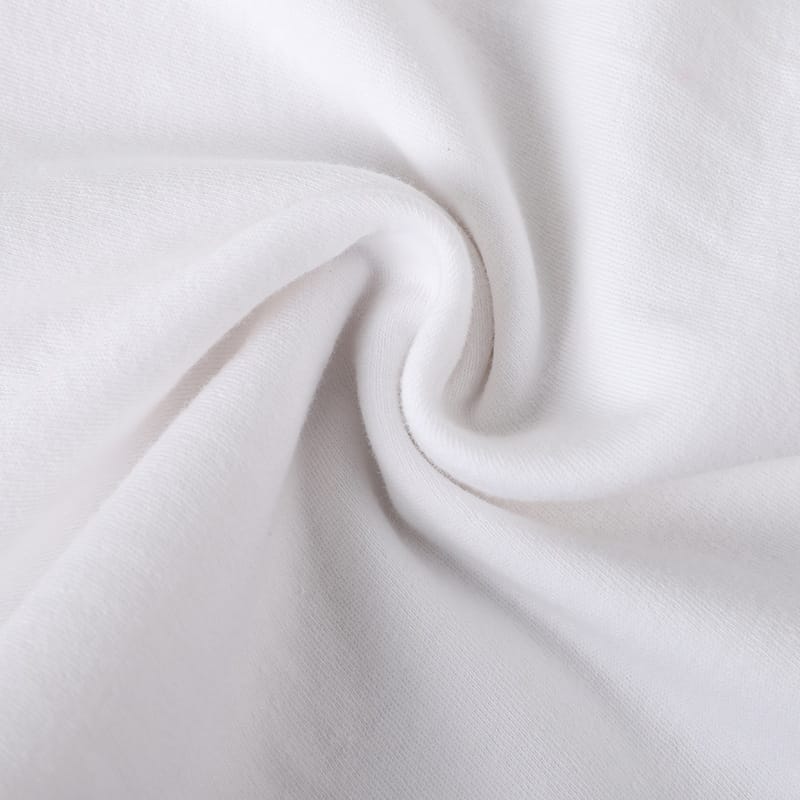
Eco-Cotton Fabric
To prevent the harm of pesticides and insecticides to human health, agricultural scientists are striving to cultivate ecological cotton that is resistant to pests without the use of chemical agents. They have successfully implanted genes taken from a variant of the natural bacterium Bacillus thuringiensis into cotton. This bacterium produces a toxin that targets caterpillars, causing their death within four days. The genetically modified cotton no longer requires insecticide sprays, and this type of cotton is only toxic to insects that feed on it, posing no harm to humans and beneficial insects. Additionally, they have developed a type of cotton that does not require manual defoliation. This cotton possesses a hereditary trait for early natural leaf shedding. About two months before the cotton matures, the leaves start to turn red and gradually fall off, automatically removing impurities from the cotton fibers. Clothing made from this pollution-free ecological cotton fabric is gaining attention and popularity in the fashion industry due to its harmlessness to the human body.
Multicolour-Cotton Fabric
Naturally colored cotton, developed through the combined efforts of agricultural breeding experts and geneticists using advanced biotechnological methods, involves inserting genes for different colors into cotton plants. This results in cotton bolls growing in various hues. Countries like the United States, United Kingdom, Australia, Peru, Uzbekistan, and China have successfully cultivated colors such as light yellow, purplish pink, pink, cream white, coffee, green, gray, orange, yellow, light green, and rust red. China has introduced three types of colored cotton, but the most commonly used currently is coffee-colored, with a smaller amount of light green.
These colored cotton fabrics no longer require dyeing. They are pre-shrunk using mechanical methods without chemical finishing agents and are often paired with recycled glass buttons or natural material buttons like wood, coconut shell, or seashell. Natural fiber sewing threads are used in their construction, making them eco-friendly garments, particularly suitable for various types of underwear, baby products, and bedding that come in direct contact with the skin. Naturally colored cotton offers significant economic and social benefits, thus gaining favor in the international clothing market. However, improvements are still needed in aspects such as strength and colorfastness of naturally colored cotton.
Bamboo Eco-Friendly Fabrics
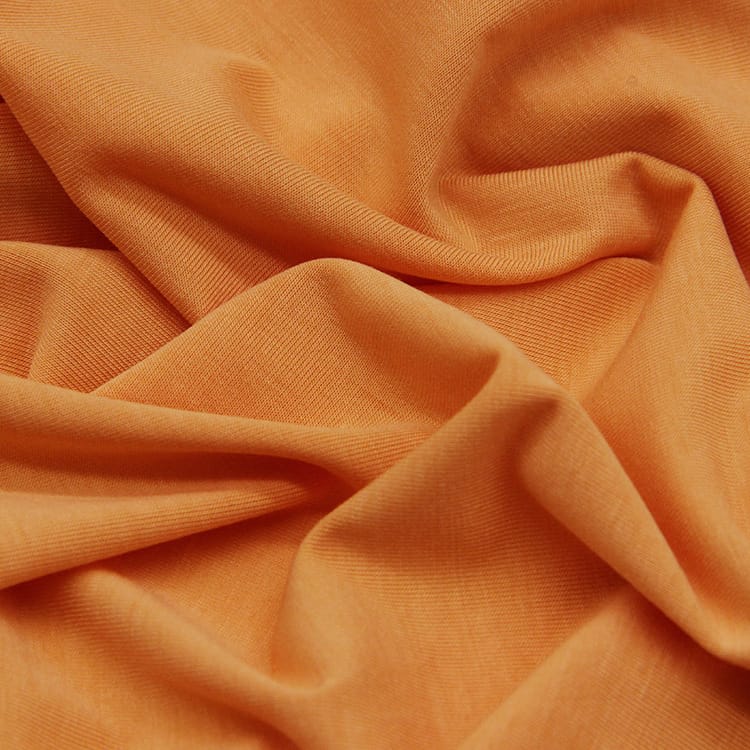
Bamboo Fibre Fabric
Bamboo fiber is a natural fiber extracted from the evergreen plant bamboo through a unique process. Typically, natural bamboo is sawed into lengths required for production in various textile factories. The bamboo undergoes a series of special and complex processes such as steaming, peeling, soaking, and softening. During this process, impurities like lignin, xylan, bamboo dust, and pectin are removed using mechanical and physical methods. This extraction process, which does not involve chemical additives, is harmless to the human body and causes little or no environmental pollution. Additionally, bamboo itself has natural antibacterial properties, is resistant to pests, and can reproduce on its own. Its growth does not require pesticides or fertilizers, making it a new type of pure natural, eco-friendly fiber.
Due to the natural hollow structure of bamboo fibers, they can instantly absorb a large amount of moisture and allow a significant amount of air to pass through, earning them the nickname “breathable fibers.” Fabrics made from bamboo fiber are known for their good moisture absorption and release properties, as well as being soft to the touch, comfortable to wear, smooth, durable, and having good draping qualities. Furthermore, bamboo fiber has natural antibacterial and sterilizing effects and excellent deodorizing properties. The fabric also offers good protection against ultraviolet rays.
Bamboo Pulp Fiber Fabric
Bamboo pulp fiber is a regenerated cellulosic fiber made using bamboo as the raw material. The process involves extracting cellulose from bamboo and then going through stages such as pulping and spinning. The extraction of raw materials and the processes of pulping and spinning are all carried out using advanced technology, making it a new type of man-made fiber that fills a gap in both domestic and international markets. Bamboo pulp fiber fabric is known for its excellent moisture absorption and breathability, offering a cool and comfortable wearing experience. It also has good draping properties, a soft touch, bright luster, high strength, and strong wear resistance. Additionally, it possesses natural antibacterial effects.
Bamboo Charcoal Fiber Fabric
Bamboo charcoal fiber is a new type of fiber product made using nano-grade bamboo charcoal powder derived from high-quality wild moso bamboo found in southern China. The bamboo charcoal powder is added to viscose spinning solution through a special process and then spun into fibers using a process similar to conventional spinning techniques. This fiber fully embodies the properties of bamboo charcoal, including absorbing odors, emitting a light and pleasant fragrance, offering antibacterial and antimicrobial benefits, shielding against electromagnetic radiation, emitting far-infrared rays, and regulating temperature and humidity. As a natural, eco-friendly, and health-promoting new textile material, bamboo charcoal fiber is expected to have a broad development prospect.
Eco-Friendly Fabrics of Multicolour Wool & Multicolour Rabbit Hair
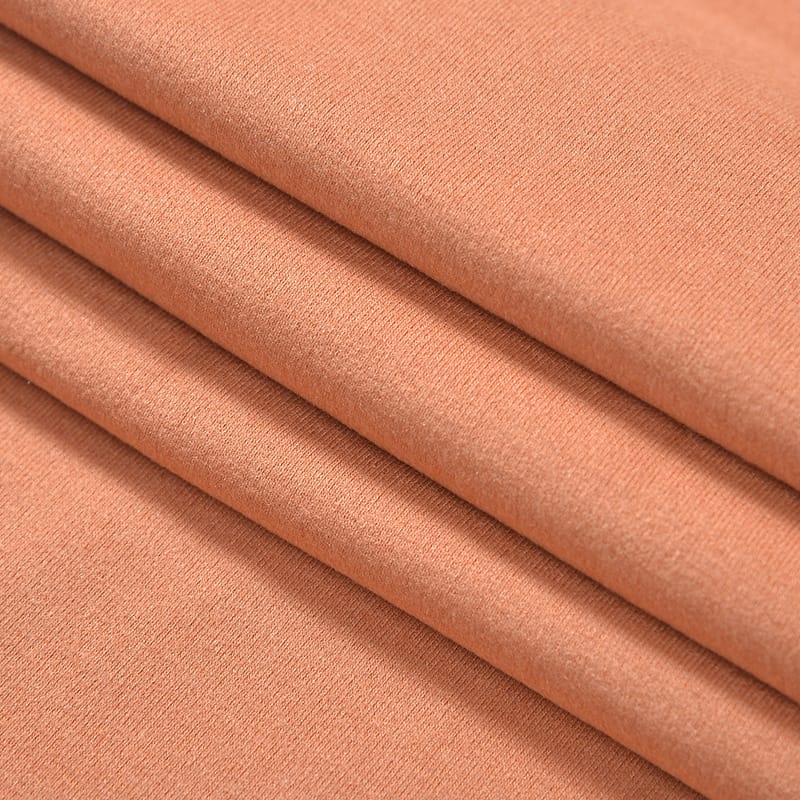
Russia has bred colored sheep with varieties in blue, red, yellow, and brown. Australia has also developed sheep that produce blue wool, including shades such as light blue, sky blue, and sea blue. France, the United States, and China have all bred various types of colored rabbits. A common characteristic of the Chinese colored rabbits is that the fur on their backs and sides is darker, while the fur on their bellies is lighter. The colors include brown, black, gray, yellow, red, and blue, making them excellent and rare animals for wool production. Fabrics made from the wool of these colored animals represent a new type of natural fiber material developed after colored cotton, contributing significantly to environmental protection and human health.
Multicolour Silk Eco-Friendly Fabric
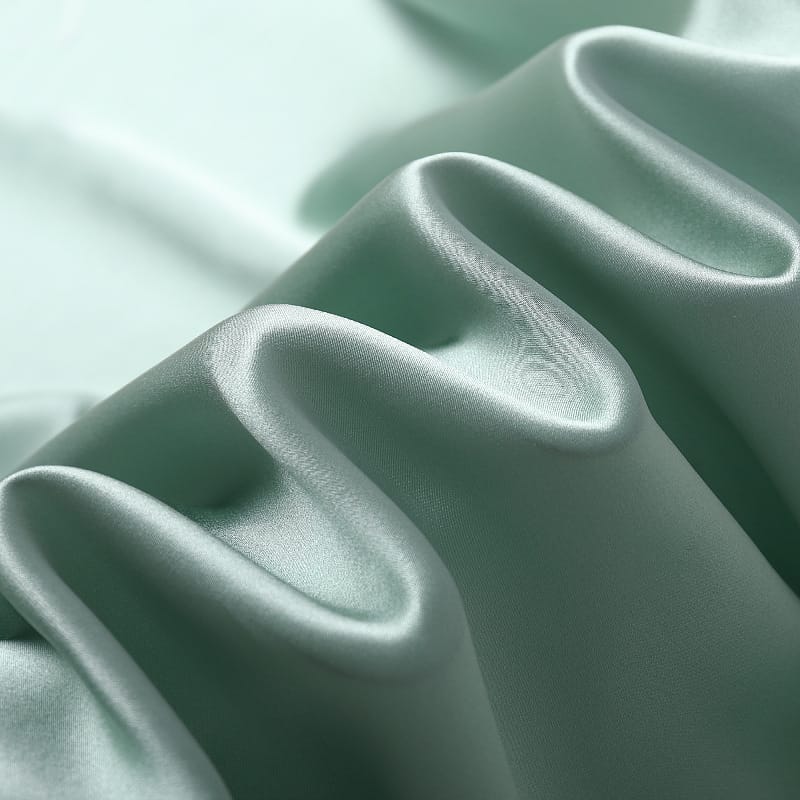
Silkworm is a natural emerald-colored silk, enjoying the international reputation of “diamond fiber” and “gold silk”, is a kind of precious silk resources, expensive, the international price of 3,000 to 5,000 U.S. dollars / KG, the production is extremely low. Silkworm grows in the warmer temperatures of the semi-moist areas, can also adapt to the cold climate, can be in the north latitude 44 ° north of the cold zone of natural habitat. Mainly produced in China, Japan, North Korea and Russia’s Ussuri River and other areas. 1988 China successfully introduced the silkworm into the south of the Jiangnan settlement, from the previous collection of wild silkworm cocoon stage into a new phase of artificial rearing. In Henan Province, also found a kind of silkworm called “Long Zai”, it spit colorful silk, green, yellow, white, red, brown 5 colors, for multi-layer color. In addition, the Silkworm Research Institute of Anhui Province has also used genetic engineering in bioengineering to cultivate colorful silk of many colors.
Mulberry Bark Fiber Fabric
Mulberry bark fiber is a new type of eco-friendly material made from natural mulberry bark through a series of processing steps. It combines the characteristics of cotton with the advantages of hemp fibers. This fiber can be spun purely or blended with natural fibers like cotton, wool, silk, and hemp, as well as synthetic fibers, to create fabrics with diverse styles. Fabrics made from mulberry bark fiber are characterized by their soft luster, firmness, warmth, breathability, comfort, flexibility, moderate density, and strong moldability.
Tencel Fiber Fabric
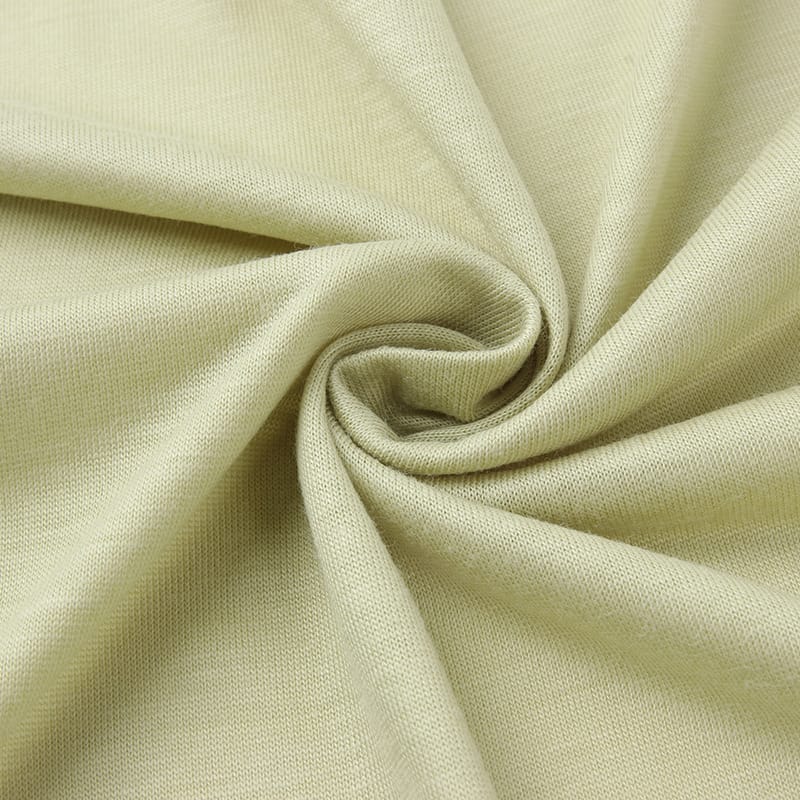
Tencel fiber is a new type of cellulose fiber called Lyocell, developed by the British company Courtaulds. It’s an eco-friendly fiber that sits between artificial silk and natural fibers, extracted from wood pulp through a solvent spinning method. The solvent used is non-toxic, posing no pollution risk to humans and the environment, and can be recycled for repeated use. The production process generates no waste, and the final product is biodegradable, causing no environmental pollution, earning it the reputation of being a “green fiber.” Garments made from this fiber feature the softness and comfort of natural fibers, along with good moisture absorption, dyeability, and luster. Tencel also possesses unique qualities such as excellent drape, wash resistance, and the high strength of synthetic fibers. Currently, fabrics made from pure Tencel yarn or blended with cotton fibers are considered eco-friendly fabrics with significant development potential. China has already established Lyocell production lines in places like Shanghai.
Soy Protein Fiber Fabric
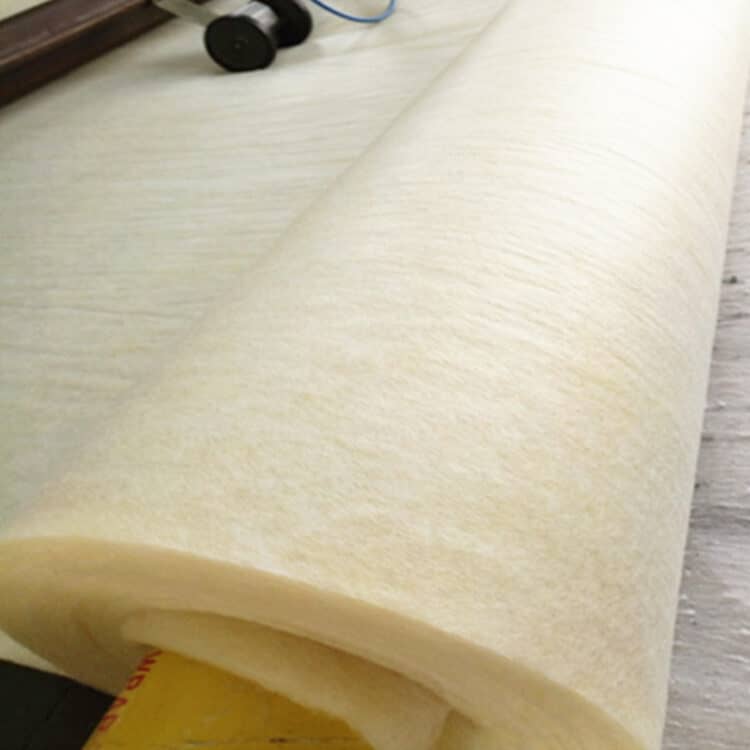
Soy protein fiber, hailed as “artificial cashmere,” is the only regenerated protein fiber independently developed by China and the first to achieve industrial-scale experimental success internationally. This fiber is produced by extracting plant protein from soybean meal and graft copolymerizing with polyvinyl alcohol, using a wet spinning process. It is a new type of high-performance plant protein fiber, characterized by a smooth surface and soft texture, offering a cashmere-like feel, silk-like luster, and the moisture absorption properties of cotton fibers. However, its moisture retention is not very strong, and the fiber itself is a pale yellow color. In high temperature and humidity environments, this fiber exhibits excellent internal moisture absorption, keeping the fiber surface dry, which makes garments made from it very comfortable to wear in humid conditions. Additionally, it has significant antibacterial properties and is biodegradable. In terms of processing, it can be blended with cashmere, wool, silk, and other materials. The resulting fabric has an appealing appearance and feel, meeting the needs for comfort, ecological, and environmental friendliness, although it is less resistant to wrinkles and heat.
Casein Fiber Fabric
Casein Fiber is a high-tech eco-friendly fiber, made by graft copolymerizing milk protein with acrylonitrile and then undergoing a spinning process. It is acclaimed as a green and environmentally friendly product. Fabrics made from this fiber have the luster and soft feel of natural silk, along with good moisture absorption and wicking properties. Due to its primary component being milk protein, it possesses unique bio-health benefits and antibacterial, anti-inflammatory effects.
Polylactic Acid (PLA) Fiber Fabric
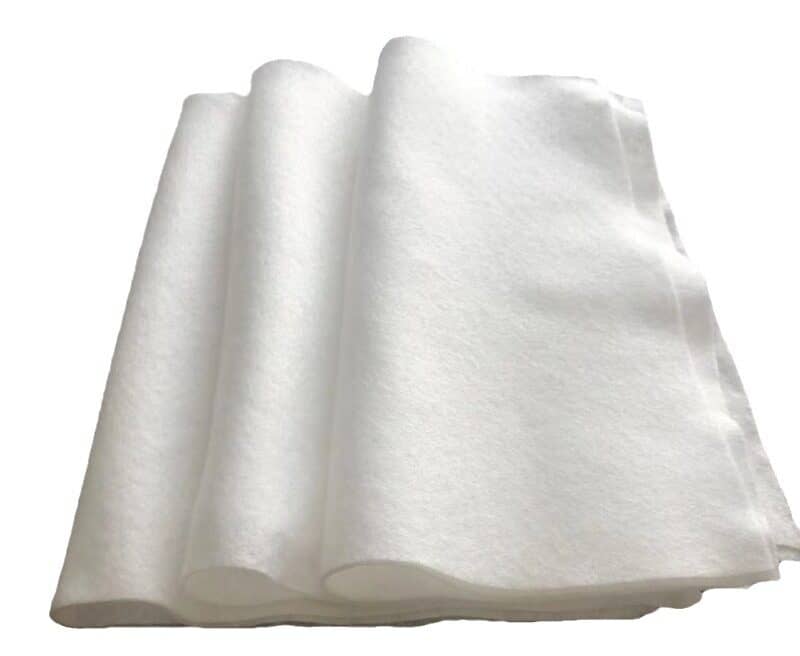
Polylactic acid (PLA) fiber is a new type of eco-friendly fiber. It is produced by fermenting corn starch to create lactic acid, which is then polymerized and melt-spun to produce polylactic acid fiber, also known as PLA fiber. The product manufactured by DuPont in the USA is commercially known as Sorona. This fiber is biodegradable; when burned, it generates less heat and does not produce nitrogen oxides or other gases. The waste material, when buried in soil, decomposes into carbon dioxide and water. Through photosynthesis, these components can regenerate the starting material, starch.
From an environmental perspective, this fiber is highly esteemed for its low raw material energy consumption compared to synthetic fibers and its excellent biodegradability, making it a fiber with great development potential. PLA fiber exhibits properties similar to polyester fibers, including good heat resistance, silk-like luster, a softer feel than polyester, and excellent shape stability, hydrophobicity, dryness, and wrinkle resistance. It can be dyed with disperse dyes and can achieve deep colors. It can also be blended with cotton or wool to produce fabrics with a silk-like appearance.
The Environmental Impact of Sustainable Textiles
The environmental benefits of sustainable textiles are far-reaching. One of the most significant impacts is the reduction in water usage. Traditional fabric production, especially cotton, is notoriously water-intensive. Eco-friendly fabrics like organic cotton and hemp, on the other hand, require considerably less water, thereby conserving this precious resource.
Chemical usage is another critical factor. Conventional textile production often involves harmful chemicals, which can pollute waterways and soil, and pose health risks to workers. Eco-fabrics strive to minimize or eliminate the use of such chemicals, leading to a cleaner and safer environment.
Additionally, the carbon footprint of producing eco-friendly fabrics is typically lower. By using renewable resources and more efficient processes, these fabrics contribute to reduced greenhouse gas emissions. This is crucial in the fight against climate change, as the fashion industry is a significant contributor to global carbon emissions.
Overall, the shift towards sustainable textiles represents a meaningful step in reducing the environmental impact of the fashion industry. By choosing eco-fabrics, consumers and manufacturers are playing a part in protecting our planet.
The Economic Perspective
From an economic standpoint, the initial cost of eco-fabrics can be higher than traditional textiles. This is often due to the more sustainable methods of production, which can be more labor-intensive and use more expensive materials. However, this higher upfront cost is balanced by long-term benefits. Eco-friendly fabrics often have a longer lifespan, reducing the need for frequent replacements and thus offering better value over time.
The market trends also indicate a growing demand for sustainable options. As consumer awareness about environmental issues increases, more people are seeking out eco-friendly clothing. This shift is creating new market opportunities for brands that adopt sustainable practices.
Furthermore, the long-term economic benefits of sustainable textiles extend beyond individual consumers. By reducing environmental damage, these fabrics help in lowering healthcare and environmental cleanup costs, contributing to a healthier economy. Additionally, investing in sustainable practices can open up new avenues for innovation and job creation, fostering economic growth in a more environmentally conscious direction.
Choosing the Right Eco-Fabric for Your Needs
Selecting the appropriate eco-fabric requires consideration of several factors. Durability, care requirements, and suitability for different apparel types are crucial aspects to consider. For instance, organic cotton is ideal for everyday wear due to its softness and breathability, while hemp, known for its durability, is well-suited for more robust clothing items.
It’s also important to understand how to identify genuine eco-friendly fabrics. Look for certifications like GOTS (Global Organic Textile Standard) for organic fabrics, or Oeko-Tex, which ensures textiles are free from harmful substances. These certifications provide assurance of the fabric’s environmental and social responsibility.
Additionally, consider the entire lifecycle of the fabric. A truly sustainable fabric not only has a low environmental impact during production but also at the end of its life. Biodegradable and recyclable fabrics score high in this regard, ensuring that they don’t contribute to landfill waste.
The Future of Eco-Friendly Fabrics
The future of eco-fabrics looks promising, with continuous innovations and advancements in sustainable textile technology. Emerging materials like Piñatex, made from pineapple leaves, and fabrics created from recycled ocean plastic are pushing the boundaries of what’s possible in sustainable fashion. These developments not only offer new, eco-friendly options but also help in addressing the issue of waste in innovative ways.
Moreover, the role of manufacturers, brands, and consumers in promoting eco-friendly fabrics is pivotal. Manufacturers are increasingly adopting greener practices and technologies, driven by both environmental commitment and consumer demand. Brands are also recognizing the marketing value of sustainability, incorporating eco-fabrics into their product lines to meet the growing demand for environmentally responsible products.
Consumers, on the other hand, have the power to drive change through their purchasing choices. By opting for garments made from sustainable materials, they can encourage more brands to shift towards eco-friendly production methods.
The collective effort of all stakeholders in the fashion industry is essential in promoting the use of eco-fabrics. As awareness grows and technology advances, the adoption of sustainable textiles is likely to become more widespread, leading to a more environmentally responsible fashion industry.
Conclusion
In summary, the shift towards eco-friendly fabrics represents a critical and positive change in the fashion industry. Embracing these sustainable materials is more than a fleeting trend; it’s a necessary step towards a healthier planet and a more responsible fashion sector. As we navigate through the choices of eco-friendly fabrics, we not only contribute to reducing the environmental footprint of our wardrobes but also support the broader movement towards ecological sustainability. For consumers, manufacturers, and brands alike, every decision in favor of eco-friendly textiles is a stride towards a greener future.
We at Valtin Apparel are committed to this journey, offering a range of apparel options that align with these sustainable practices. Join us in making a difference, one garment at a time, as we collectively work towards a more sustainable and environmentally conscious fashion world.
